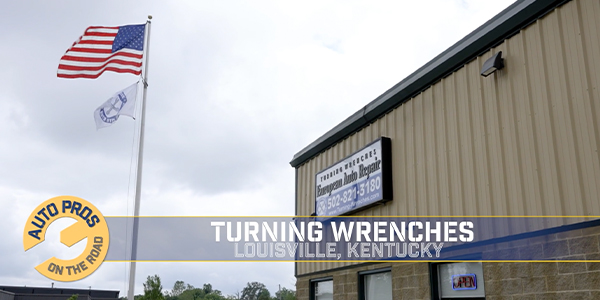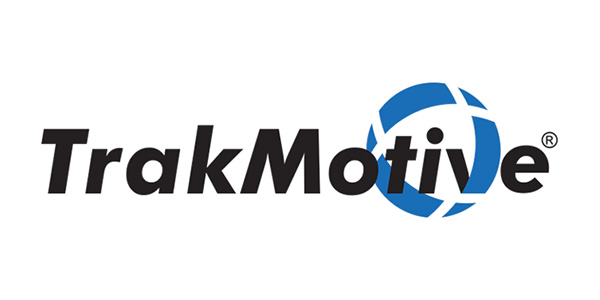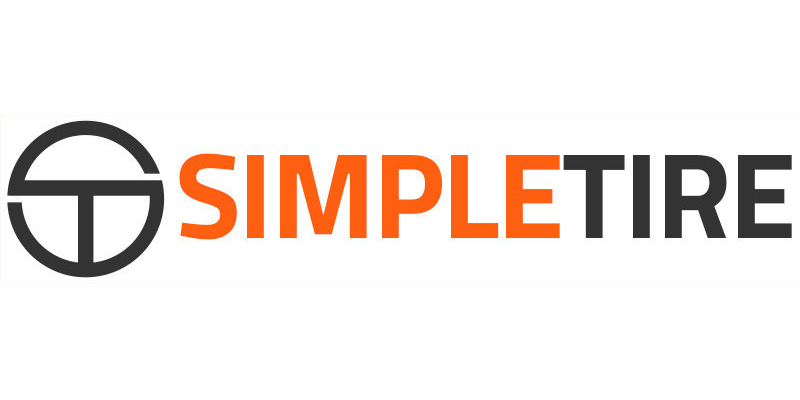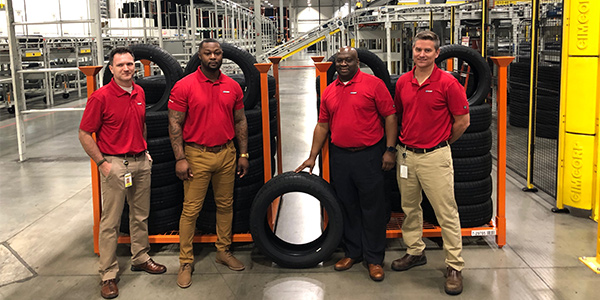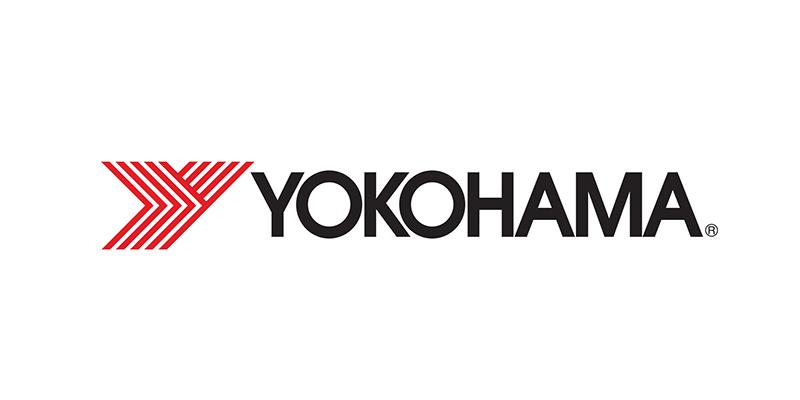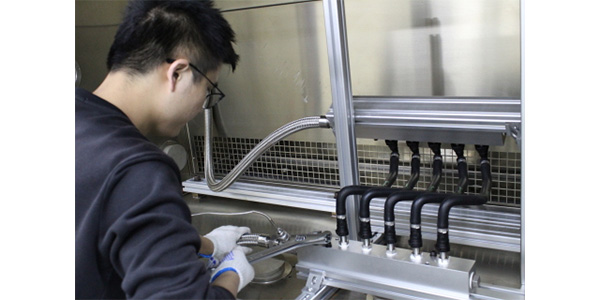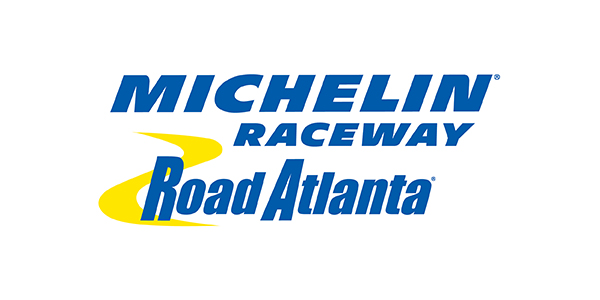[Editor’s Note: This analysis and commentary was published on the Tyres & Accessories website on March 24.]
For Pirelli Tyre, Russia is “still a developing market,” and as we found out a week or so after Tyres & Accessories interviewed global marketing vice president Matteo Battaini at the recent Geneva Motor Show, Rosneft’s purchase of 13% of Pirelli’s shares means Russia is also still a developing part of Pirelli’s ongoing business strategy.
Despite what is going on in the market and despite what is going on geopolitically, Pirelli’s connections with Russia – both the manufacture and retail of tires – are only growing. Of course we all know that Russia is involved in a territorial dispute with neighboring Ukraine, specifically over the Crimea region. Whatever we think about the dispute, from an economic perspective there has already been a significant impact. In the immediate aftermath of Russia’s decision to post soldiers along its border with Ukraine, the Russian stock market fell by more than the country had invested in the recent Sochi Winter Olympics – all this before the protracted nature of the dispute became apparent, before further market response and before Europe and the U.S. began enforcing economic sanctions against Russia, Vladimir Putin and against the strategic and business interests that support him.
Irrespective of the wider politico-economic environment, the Russian tire market is known for being something of a roller-coaster. Looking back over the last 10 years it is not unknown for tire sales volumes to swing wildly by double digit amounts in either direction, sometimes by as much as 40%.
In a separate interview with Tyres & Accessories, Goodyear Dunlop’s new Europe Middle East and Africa president Darren Wells said this is all just part of doing business in Russia. Be that as it may, there are still waves that need to be surfed and particular challenges that need to be overcome when it comes to doing business in former soviet states – especially Russia itself. This is especially the case when it comes to Pirelli’s particular business strategy in Russia.
As we all know, Pirelli focuses on what it defines as the “high performance segment.” And to this end it supplies OE to many of the highest high performance vehicle manufacturers and most prestigious luxury brands on the market. For the purposes of this article, we will adopt Pirelli’s numerical definition of “high performance,” which although very broad, is useful inasmuch as it allows us to pin down what we are talking about. Pirelli calls every 17-inch diameter and above product a “high performance” tire.
The problem for Pirelli is that, although the company is growing closer to this geographical market (that’s certainly what recent factory investments and Rosneft’s decision to buy 13% of the Italian tiremaker would seem to suggest), Russia is not a typical high performance tire market – not even by Pirelli’s flexibly broad definition. You can see this from the details contained in Pirelli’s most recently published industrial plan, which was published in November 2013 and goes through to 2017.
Firstly, we have to observe that the Russian passenger car tire market has not developed at the rate that was foreseen in the last industrial plan (which was designed to cover the period from 2011 to 2014). Back then, the car tire replacement market as a whole was expected to have expanded with a compound annual growth rate of 4.5%. Pirelli’s favored “A brand” segment (a term which separates “premium” brand sales irrespective of wheel diameter) was expected to have grown 9%.
In fact both metrics went almost exactly the same amount in the opposite direction. In November, Pirelli was expecting the total market to be down 3.5% (1.5 million tires), while the “A brand” segment was reportedly down a whopping 12.5% (1.1 million units). According to the company, this came as a result of desegmentization in the market.
Whatever the reason, consumers opting to trade down to so-called “B brand” cannot be seen as good news for a company almost exclusively focusing on high performance products. From a product point of view, the introduction of the Scorpion Winter in 2012 and the launch of Russia-specific Ice Zero and New Formula Ice products in 2013 represent steps forward, but it is clear that there is some way still to go and that the range still needs to be completed.
Likewise, Pirelli’s Russian tire manufacturing capacity is moving slower than expected. Under the old industrial plan, the goal was to reach capacity of 8.5 million units by 2012. By 2013, capacity had reached 7.9 million units (albeit with better product mix than initially planned) and, therefore, in Pirelli’s words was operating “below optimal levels.”
This is split between the company’s two Russian plants (Kirov and Voronezh) with 5.9 and 2 million units coming out of each, respectively. Now the goal is to add another million units of capacity to the larger Kirov plant, taking Pirelli’s Russian tire manufacturing capacity to 8.9 million, high performance, OE-approved units of passenger car tire production by 2017.
Still, when Tyres & Accessories spoke to Matteo Battaini, he emphasized the company’s experience in both the high performance segments and in relatively volatile emerging markets. “[Pirelli is] quite experienced in similar markets, some of the same kind of fluctuations can be seen in the Latin American countries,” said Battaini, highlighting the fact that Pirelli’s performance in markets within this region has ranged from successful to market dominating. The future for the Russian automotive market, he explained, is based on the successful establishment of premium OE positions.
Pirelli’s strategy is, therefore, to follow the company’s customers into a market that has until recently been dominated by domestic brands and Nokian. But this is changing, says Battaini. In parallel with the two factories’ expansion and adoption of “the Pirelli way,” the market is upgrading from legacy brands and “OEM collaborations are beginning.” This latter remark is particularly significant because premium automakers always target premium brands – a space Pirelli feels confident it is able to step into in any global market.
However, the problem with such a keen focus on one part of the market and on the brands that currently fill that space could, by definition, mean that up and coming brands are overlooked. Walking around the Geneva show, the importance of both fast growing OEMs and tiremakers was visible by the size of their respective stands. Pirelli, however, is said to be aware of this and Battaini points to the fact that Pirelli has already been an OE supplier to fast-growing South Korean carmaker Hyundai for years as an example of this awareness.
Pirelli is also said to be connected to a number of “non-standard” carmakers in Latin America, then there is Buick in China. In this case, Buick is presented as an example of a brand that has particular resonance and future potential in the People’s Republic of China, but may not reach the same level of influence or importance in the mature European markets. But in order to emphasize the point, Battaini explained that Pirelli’s strategy is not just prestige brands, but luxury brands as well. This strategy is most spread out in the emerging markets – like Russia – where it is more about offering consumers something extra, some more quality for the price. To this end, we can look at the former Soviet CIS states as an example where Pirelli is OE on Ford, but is clearly targeting the upper models in the range.
The “premium tire segment,” whatever that means, is a moving target. The 17-inch descriptor is something of a moving target too, designed as it is to represent an arbitrary distinction between numerous product lines for the purposes of comparison. But at the root of it, Pirelli is asking what it can offer consumers and what can command the price level Pirelli wants to achieve.
Perhaps a better explanation can be found in the example of a consumer buying a new car. If they select an option on their new car this means they are willing to pay the extra price for this feature. This, says Battaini, is where Pirelli is seeking to position itself in Europe, Russia, Latin America, indeed any market – the place where consumers are willing to pay extra for the product they choose.
However, as strong as the concept continues to be, this is nothing new. The proof of the pudding is in the eating. Walking around the 2014 Geneva motor show it is clear that Pirelli retains its position as premium OE supplier to some of the uppermost brands. Pirelli tires were, for example, visible on the new Land Rover unveiled at the show, and were also fitted to the elite McLaren 650S unveiled in Switzerland. This makes perfect sense in mature markets like Europe and relatively stable markets such as the U.S. – and even in emerging markets that Pirelli has spent years cultivating a strong presence in, such as Latin America.
What’s more difficult for Pirelli is making this marketing concept work in a market as volatile and unstable as Russia. But now that the company has invested so much in Russia, and the Russians have invested so significantly into Pirelli, there really is no option other than making a success of it. (Tyres & Accessories)

